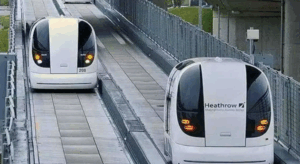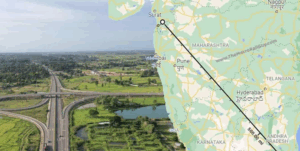In an astonishing engineering feat, Japan has unveiled the world’s first 3D-printed railway station. Constructed overnight between train services, the new Hatsushima station replaced a traditional wooden building in just under six hours — showcasing the future of fast, efficient, and cost-effective infrastructure.

A Quiet Town, A Big Leap in Tech
Situated in the coastal city of Arida, Wakayama Prefecture, Hatsushima station caters to approximately 530 passengers. With train services running just one to three times an hour, it was the ideal candidate for this ambitious pilot project, blending quiet operation with high-impact innovation.
Traditional Build vs 3D Printing
Under normal conditions, rebuilding the station would have taken over two months and cost twice as much. Instead, JR West teamed up with Serendix, a Japanese construction tech firm, to 3D-print modular components at a factory 500 miles away in Kumamoto. The concrete-reinforced parts were transported and installed at lightning speed.
Assembled Overnight: From Last Train to First
After the final train left the station at 11:57 PM, a team of workers used cranes to assemble the pre-fabricated 3D blocks. By 5:45 AM — before the first train rolled in — the structure was fully erected, a remarkable example of time-sensitive precision and planning.
Resilience and Future Potential
While the outer building is complete, interior fittings such as ticket machines and card readers will be added before its official opening in July. The location was specifically chosen to test the 3D-printed structure’s durability against coastal conditions, especially salty air.
A Solution for Labor Shortages?
Japan faces a growing labor shortage in sectors like construction and rail infrastructure. This project highlights how automation and 3D printing can dramatically cut down manpower and build time, offering a glimpse into how technology can address future workforce challenges.
As Serendix co-founder Kunihiro Handa stated, “Normally, construction takes months. This shows what’s possible in a single night.”
The Hatsushima station might be small — just over 100 square feet — but its significance could reshape how the world approaches public infrastructure














